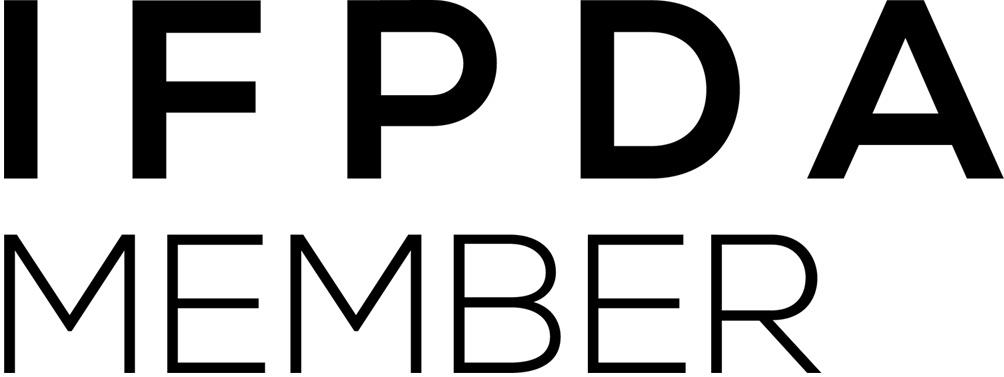Sybil Andrews
Sybil Andrews was born in 1898 in Bury St Edmunds, a town that she often used as her subject in later life. During World War One she was apprenticed as a welder at an aeroplane factory. However, she had been painting since she was a child, and during the war, had studied with John Hassall’s Art Correspondence Course in her spare time.
After the war was over, she moved back to Bury St Edmunds, where she became an art teacher at Portland House School, and met Cyril Power, with whom she relocated to London. They worked together for many years, sharing a studio, as well as an exhibition, in 1933. Andrews registered at Heatherley's School of Fine Art in 1922 and upon graduation in 1925 worked as a secretary at the Grosvenor School of Modern Art where she started to produce linocuts - following the teaching of Claude Flight. He also introduced her to Futurism, a strong influence on Andrews and her peers, manifesting itself in the sheer velocity and dynamism of cheaply produced linocuts that depicted the speed of urban contemporary life. Power and Andrews jointly designed posters for the London Passenger Transport Board from 1929 to 1937, promoting the use of the system under the pseudonym "Andrew-Power". In 1929 she showed at Flight’s First Exhibition of British Linocuts at the Redfern Gallery, an exhibition that was followed by a series of shows at the Redfern and Ward Galleries. From 1929 to 1938, Andrews created a series of linocuts based on the agricultural life of Suffolk and her native Bury St Edmunds.
In 1938, Andrews and Power gave up their shared studio. During the Second World War Andrews returned to welding, this time in a shipyard, where she met her future husband, Walter Morgan. They married in 1943 and emigrated to Canada in 1947 where they settled in Campbell River - an isolated logging town on Vancouver Island - where her work was well-received. In 1951 Andrews was elected to the Society of Canadian Painters. In 1985 she published her book, 'Artist's Kitchen'. She worked as a teacher and practised as an artist, living in Canada until her death in 1992. Before her death, she donated a large number of her works to the Glenbow Museum in Calgary, as well as making a significant gift to the British Museum of 56 colour linocuts and 10 black and white prints.
Perhaps unusually for a Grosvenor School artist, Andrews produced many linocuts of rural life, most notably pieces such as ‘Michaelmas’ (1935) and ‘Mangolds’ (1956). They stem from the curving lines of movement that were developed in her depictions of city life, but these are farming scenes, picked out in glowing, sharp angles of colour. Their subject matter is almost antithetical to their style—the treatment of line and material that is so tied to the Futurist movement is contradicted by the traditional labour depicted in these prints.

